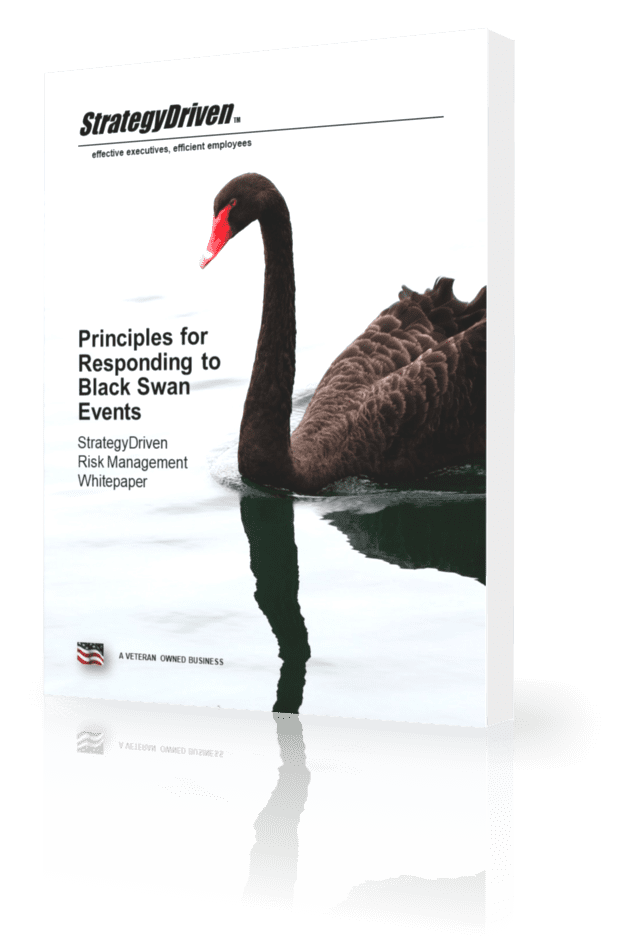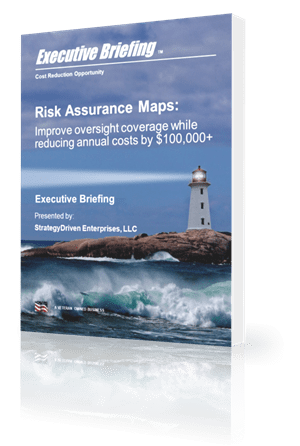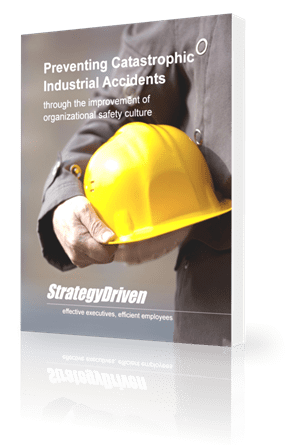Can You Hear Me Now? Top Tips To Make Sure Your Communication Isn’t Breaking Up
We don’t know what we don’t know and this is why communication can be challenging. How many of us can honestly say we’re 100% sure our messages are heard and that we’re always perceived as confident, credible and trustworthy? Have you ever walked away from a meeting, media interview or face-to-face conversation with a client saying to yourself, “I shouldn’t have said what I said,” or “I can’t believe I forgot to say…?”
As a leader, you must be able to clearly communicate your purpose and value. Most of us are under the blurred assumption, “If I communicate a message it’s heard.” In reality, your message may not have been heard at all.
Lindsay Edmonds Wickman, Associate Editor for the Chief Learning Officer magazine, states: “…we are are good at analyzing business situations and making decisions, but what we aren’t as good at is communicating with others.”
How do you know if your communication is breaking up? When what you say isn’t consistent with how you say it. For example, when someone tells you “I’m so excited to have this opportunity to work with you,” and they communicate this statement in a monotone and boring voice. Their facial expressions are lifeless. They never look you in the eye and they’re fidgeting with a pen. You’d question their credibility and knowledge, and not take action on what they have to say. To guarantee your message is heard so that you’re communicating with impact and influence, make sure you’re always following these five tips.
Hi there! This article is available for free. Login or register as a StrategyDriven Personal Business Advisor Self-Guided Client by:
Subscribing to the Self Guided Program - It's Free!
About the Author

Visit Stacey at: www.1stimpressionconsulting.com.











Leave a Reply
Want to join the discussion?Feel free to contribute!